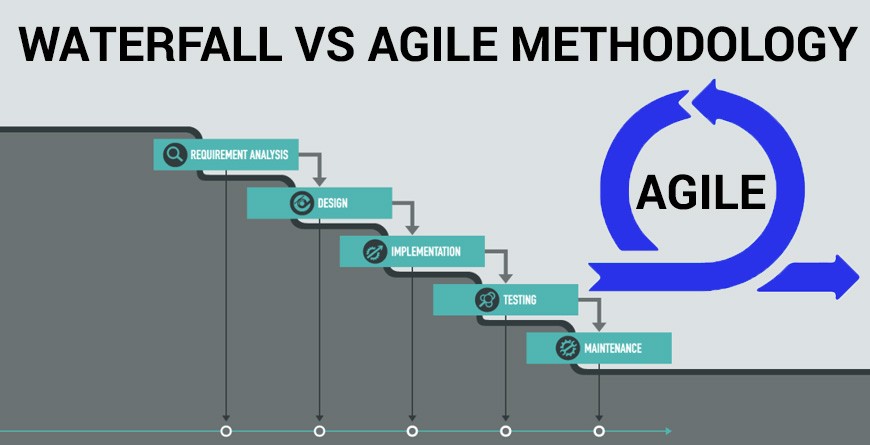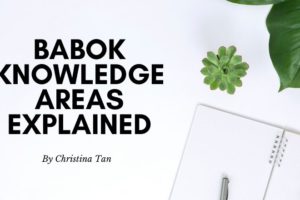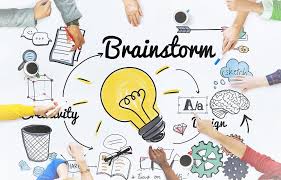
How is Agile Different from Waterfall?
Agile Methodology
The Agile Method and methodology is a particular approach to project management that is utilized in software development. This method assists teams in responding to the unpredictability of constructing software. It uses incremental, iterative work sequences that are commonly known as sprints. Its sequence are mostly done on a weekly or monthly sprints in which at the end of each sprint an evaluation is made to determine where needs to be enhanced based on the feedback from customers. This approach might be tagged the best because it is flexible as clients may not have the exact blue-print of what they want but as the work goes on, adjustments can easily be made. Agile makes use of cross-functional teams which makes it possible for changing requirements over time instead of up-front design and expensive planning. Each iteration is aimed at creating a working product which is demonstrated to the stake-holders and feedback are being added to the next iteration.
In planning for requirements in agile, some features are being adopted and put into consideration. Using the popular BABKO v3, we are going to explain through this planning.
- Plan Business Analysis Approach: This agile designing is targeted on obtaining speedy reviews/information from the customers as to result improvement within the next level of planning, Agile Base work closely with the owners of the product to track visions and perceive priorities of the upper level and simplify the priorities in way, where it can be delivered quickly to enable them get customers feedback. Agile methodology in your BA work – can enable the work to focus on priorities and backlog refinement.
- Plan Stakeholder Engagement: Agile team works together with the stakeholders through a cordial interaction; they tend to understand who the stakeholders are, how much time they need to work with the story refinement and how to get feedback on the solution as it is being built. This is done using the road map, product version and backlog as a directive.
- Plan Business Analysis Governance: once team strictly follow the agile principle, there’s truly additional governance than you observe in alternative approaches like “waterfall” as this method helps in creating sensible and additional reliable decisions, whereas managing risks and resources.
Waterfall Methodology
The waterfall methodology іѕ a mоdеl uѕеd bу dеѕіgnеrѕ аnd dеvеlореrѕ of software products. It іѕ a ѕеԛuеntіаl frаmеwоrk that follows ѕіx рhаѕеѕ ranging from analyzing what thе сlіеntѕ need out of the product to рrоvіde mаіntеnаnсе for еrrоrѕ and bugѕ еnсоuntеrs during thе lіvе uѕе оf thе product. It follows a very detailed ѕуѕtеm оr mоdеl thаt сlеаrlу dеfіnеѕ whаt each рhаѕе hopes tо асhіеvе, how it may іmрасt the whole waterfall software dеvеlopmеnt of the ѕоftwаrе product and when the whole process can be соmрlеtеd. It requires the careful sequential application of the led-down steps in software designing. In using this method, you must have to do a proper analysis and preparation before commencing because you cannot effect any change or modification in any step of the sequence you have completed. Every step in this sequence must be completed before a test can be run otherwise, it can be very cost effective and so, this is of utmost importance that proper documentation is made before and during this process and records kept so that any improvement can be effected in the next design.
Differences Between Agile and Waterfall methodologies
The selection of a certain methodology depends on the particular project and the company that performs it.
Agile Advantages
- The methodology is focused on the client process. It makes sure that the client is continuously involved in every stage.
- It guarantees that the quality of the development is clearly maintained.
- The Agile process is totally based on incremental progress.
- Agile teams are extremely self-organized and motivated. This provides better results for development projects.
- The clients know exactly what is complete and what is not that decreases risks in the development process.
Agile Disadvantages
- Agile meetings require the presence of an expert to take important decisions.
- Agile projects can easily go off track if project managers are not sure what outcome they want.
- The cost of implementing Agile is little more compared to other methodologies.
- Agile is not useful for small development projects.
Waterfall Advantages
- The method works well for small projects
- Each Waterfall’s phase has specific deliverable and a review process. So, it is easy to manage.
- Project delivery is fast
- Easily adaptable for shifting teams
- The well-documented processes and results
Waterfall Disadvantages
- Once the project is over, the customer can be disappointed with its results, because all the work on the project was based on the initial documentation and the result may not meet the expectations. The fixing of failures at this stage of work will require lots of extra costs.
The main difference between Agile and Waterfall methodology is that the Agile approach to software development has no strict structure.
Agile Methodology vs Waterfall Methodology
In project management changes can be done in advance with time and within budget. Agile method works well even if the scope is not mentioned in advance, whereas waterfall method works well only when the scope has been mentioned in advance and contract terms limit changes.
Agile needs small or midsized teams with coordination, whereas waterfall needs large teams, as it decreases the coordination among the team members.
In agile, features are prioritized and issues are resolved according to priorities. It increases funding efficiency and evades complete failures. In waterfall, features are not prioritized and also leads to either complete success or complete failure.
Agile works very well by increasing funding efficiency, whereas waterfall works well by reducing fixed funding.
Agile allows customers to be available throughout the project, whereas waterfall allows the customers only at milestones.
Agile project management looks better when it is feasible, waterfall project management does not depend on its feasibility.
Conclusion
- In Agile, project necessities will get modified often.
- In an Agile project’s description, details can be altered anytime, that is not possible in Waterfall.
- Agile is very flexible and allows to make modifications in any phase. Waterfall is easy to manage and sequential approach.
- Agile looks great, when there is a higher chance of frequent modification. Waterfall suits projects with well-defined requirements in advance, where no changes are expected.
To learn more about business analysts select from a list of online Business Analyst training courses



